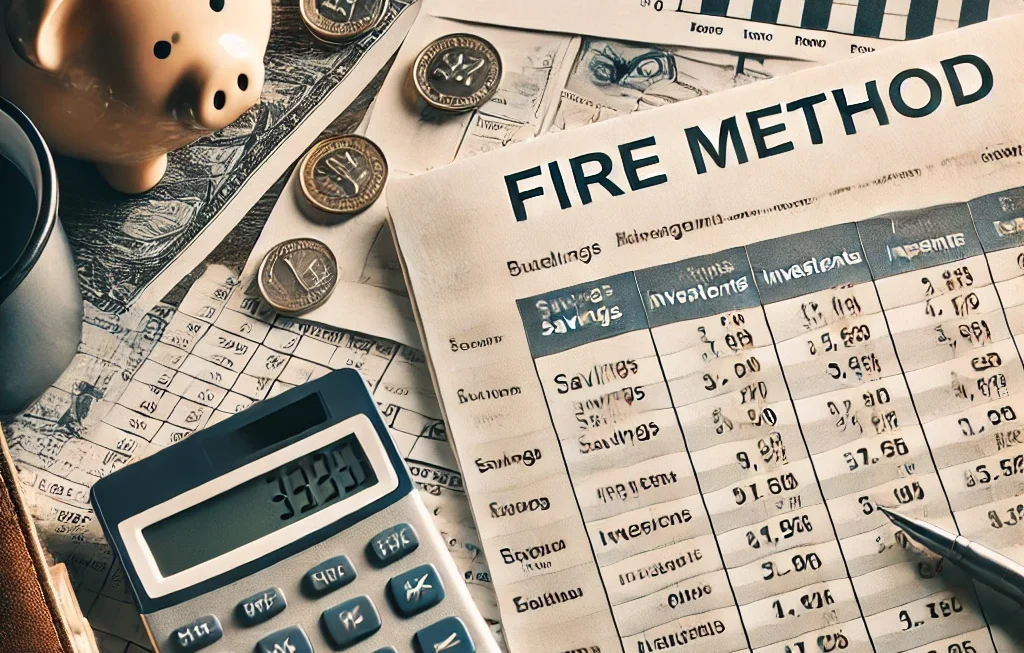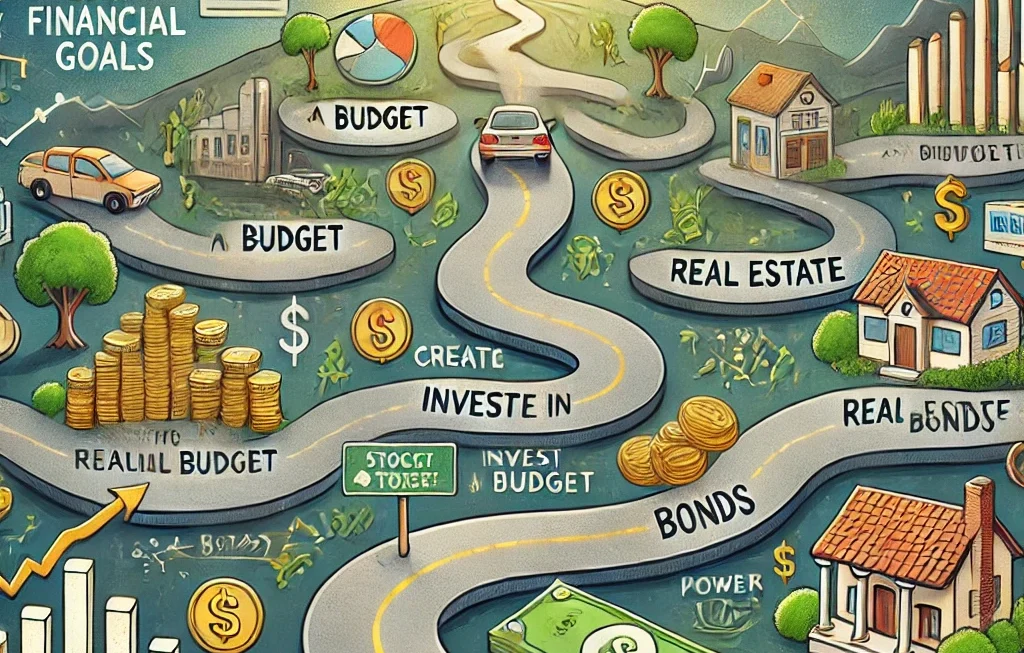Achieving financial independence and early retirement (FIRE) has become a sought-after goal for individuals aiming to break free from the traditional 9-to-5 work structure. The FIRE method centers around living frugally, investing wisely, and accumulating enough savings to retire early while maintaining financial freedom. For those dedicated to this path, the rewards of the FIRE lifestyle can be profound—freedom, flexibility, and the ability to pursue personal passions without financial stress.
By employing the FIRE method, you’re taking intentional steps to restructure your relationship with money. Instead of working to simply meet your needs, you shift toward an approach where your financial resources work for you. This mindset shift, paired with a disciplined strategy, is what enables individuals to reach financial independence much earlier than the traditional retirement age.
The Core Principles of the FIRE Method
The foundation of the FIRE method rests on a few core principles: aggressive savings, strategic investments, and frugal living. At its heart is the ability to significantly increase your savings rate, often between 50-70% of your income, depending on how aggressively you pursue financial independence. This surplus of savings can then be invested in assets that grow over time, such as low-cost index funds, real estate, or dividend stocks, allowing you to generate passive income.
Another essential component of FIRE is the principle of living well below your means. This doesn’t mean sacrificing your quality of life but learning to prioritize needs over wants and focusing on sustainable, long-term spending habits.
Setting Financial Goals with the FIRE Method
The first step in your FIRE journey is setting clear, realistic financial goals. These goals typically include saving a target amount based on the 4% withdrawal rule. The 4% rule suggests that you can withdraw 4% of your total investment portfolio each year to cover living expenses, assuming a long retirement and moderate market returns. To calculate how much you need, multiply your annual expenses by 25. For instance, if your yearly expenses are $40,000, you’ll need a portfolio of $1,000,000 to retire comfortably under this rule.
Establishing short-term and long-term milestones will keep you motivated and help you track your progress. Short-term goals may include paying off debt, while long-term goals focus on growing your investment portfolio to reach your target number.
The Importance of Budgeting in the FIRE Strategy
Budgeting is a cornerstone of the FIRE method. Without a clear understanding of where your money is going, it’s impossible to cut unnecessary expenses and increase your savings rate. A well-structured budget allows you to track every dollar and align your spending with your financial goals. Start by categorizing your expenses into essential and non-essential categories, cutting back wherever possible.
Several tools, such as budgeting apps or spreadsheets, can assist in visualizing your financial landscape. By reviewing your expenses monthly, you’ll identify areas where you can trim costs, such as dining out, subscriptions, or impulse purchases.
Investment Strategies to Support FIRE Goals
Once you’ve built up your savings, investing becomes the next critical step in the FIRE method. The goal here is to grow your money so that it generates passive income, ultimately supporting your lifestyle in retirement. Many FIRE adherents choose low-cost index funds due to their simplicity, diversification, and historical performance. These funds track broad market indices and require minimal management, making them an attractive option for long-term investors.
Real estate is another popular investment avenue within the FIRE community. Owning rental properties can provide a steady stream of income, while real estate often appreciates in value over time. Diversifying your investments between the stock market and real estate helps mitigate risks and ensures a more stable financial future.
Understanding the 4% Rule in FIRE
The 4% rule is a guiding principle in the FIRE method, ensuring that your savings will last through retirement. This rule assumes that withdrawing 4% of your investment portfolio each year will provide sustainable income without depleting your funds too quickly. However, it’s crucial to regularly reassess your withdrawal rate based on changes in the market and personal circumstances.
One key factor to consider is that the 4% rule is based on historical market returns. While it provides a general framework, it may need adjustment during periods of market volatility or personal financial needs. Flexibility and regular review are essential for long-term success under the FIRE strategy.
Living Below Your Means: The Key to FIRE
Living below your means is one of the most significant lifestyle changes required for the FIRE method. It’s not just about cutting expenses, but about reshaping your approach to spending. Frugality doesn’t have to mean deprivation; rather, it’s about making mindful choices that reflect your true priorities. Emphasizing experiences over material possessions, for example, is a way many FIRE followers find balance and fulfillment without overspending.
Small changes, such as cooking at home instead of dining out, downsizing your living space, or opting for a used car, can significantly impact your savings rate without diminishing your quality of life.
Side Hustles to Accelerate Your FIRE Journey
One powerful way to accelerate your path to financial independence is by developing additional streams of income. Side hustles not only supplement your primary income but can also lead to unexpected opportunities for career growth or passion projects. From freelance work, and selling handmade goods, to offering online services, the options are endless.
Side hustles also allow you to increase your savings rate without relying solely on cutting expenses, giving you more financial flexibility and a faster route to achieving FIRE.
You Can Also Read : How to Reach Financial Independence with Real Estate Investments
Managing Debt in the FIRE Method
Debt can be a significant barrier to financial independence, and it’s essential to tackle it early in your FIRE journey. High-interest debt, such as credit cards or personal loans, should be prioritized and paid off as quickly as possible. The longer you carry debt, the more interest you’ll accrue, reducing the amount you can save and invest for your future.
For those with student loans or mortgages, a balanced approach is needed. While aggressively paying down these debts is crucial, you’ll also want to continue investing to benefit from compound growth.



